For a decade, Florida’s reefs have read like a tragedy: bleaching summers, relentless disease, and ghostly coral heads where color used to explode. Yet this season, divers and scientists are reporting a different kind of scene – new coral recruits, revived color on battered colonies, and garden-like patches where restoration teams have been tirelessly planting. The turn isn’t dramatic enough to declare victory, but it is steady enough to feel real. It arrives courtesy of cooler stretches, smarter restoration, and hard-won lessons from the heat extremes of recent years. I first snorkeled off Key Largo as a teenager and remember a reef buzzing like a city; today’s cautious comeback feels like hearing that city breathe again.
The Hidden Clues
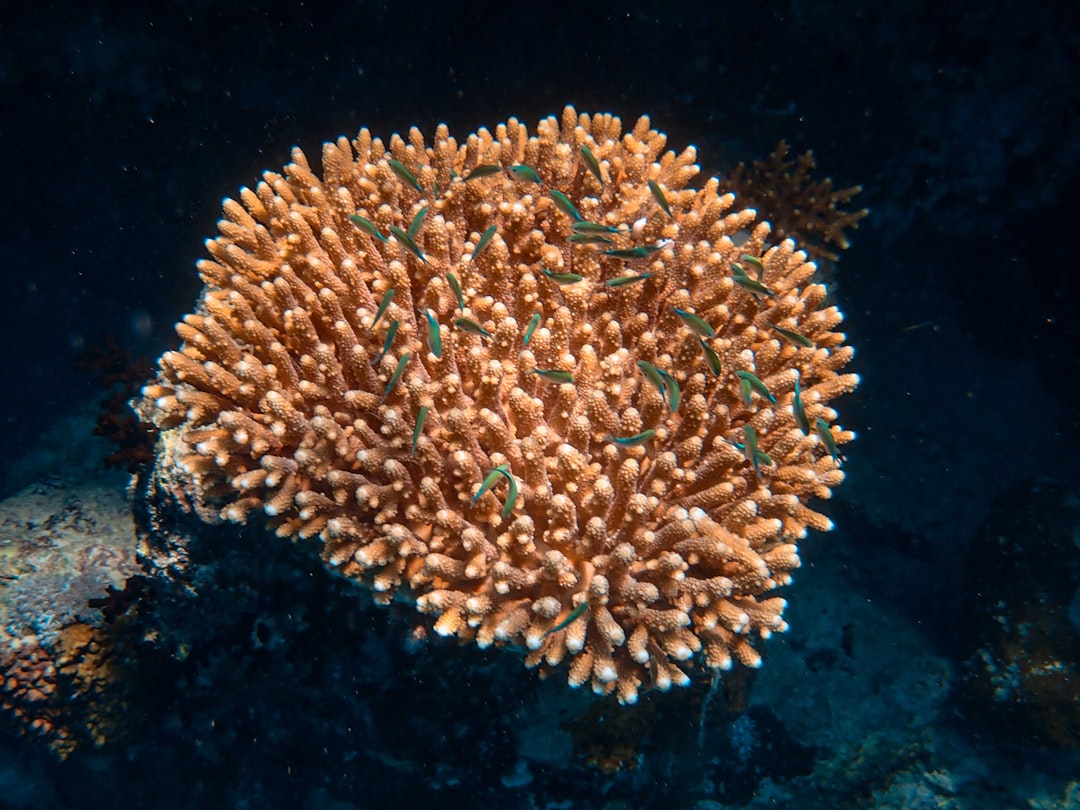
Recovery on a reef rarely announces itself with fanfare; it shows up in small signs – cleaner rock surfaces, tufts of crustose coralline algae, and tiny coral polyps tucked in crevices. Monitors track these hints like detectives, tallying juvenile corals the size of pencil erasers and noting when bleached colonies regain their browns and golds. In Florida, these clues have become more frequent at certain patch reefs and restoration sites where stress eased and outplants took hold. Even the fish community offers quiet testimony, with grazing parrotfish trimming algae so corals get the sunlight and space they need.
After the scorching heat of recent summers, the simple fact that some corals have regained color matters. Color means living tissue, and living tissue means an engine for growth, reproduction, and reef-building is still running.
From Ancient Tools to Modern Science

At heart, reef restoration still leans on an old idea: gardeners raising seedlings and planting them where they’ll thrive. What’s new is the tool kit – nurseries that dangle corals from underwater “trees,” microfragmentation to multiply slow-growing massive corals, and lab crosses that pair heat-tolerant parents. Genetic tagging lets scientists avoid planting clones across entire sites, building diversity the way a forester mixes tree species to weather future storms. Water-quality work rides alongside, from seagrass repairs and septic-to-sewer conversions to stormwater fixes that keep nutrients out of coastal waters.
These methods now fit together like a relay team rather than solo athletes. When disease flares, targeted antibiotic pastes or selective removals blunt the spread; when heat looms, nurseries shift sensitive stocks to cooler depths or onshore tanks. The result isn’t a single breakthrough but a culture of readiness.
The Science Beneath the Comeback
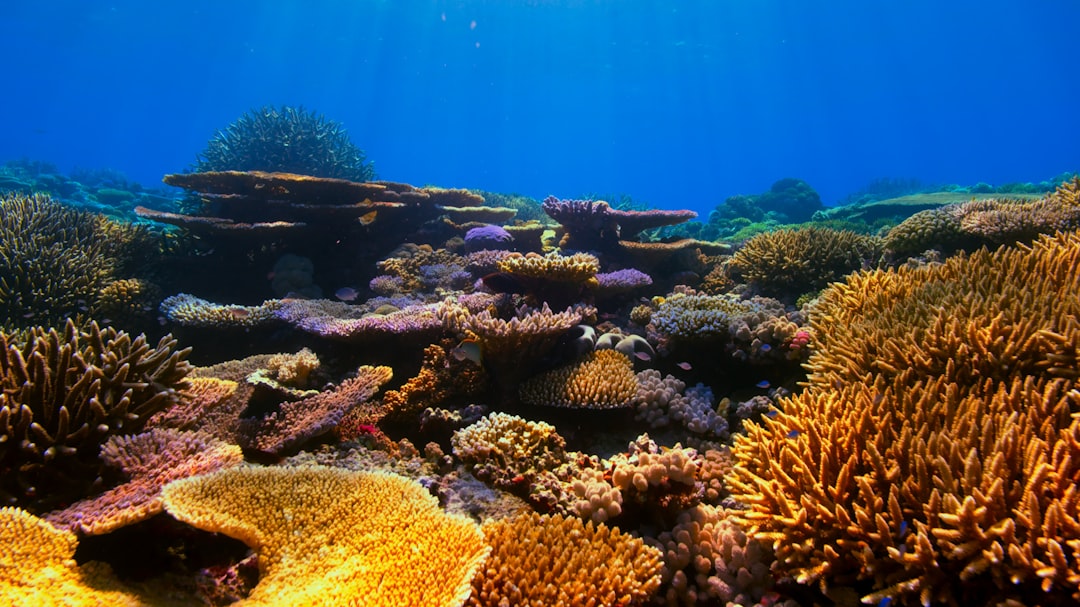
Recovery requires a choreography between coral biology and local conditions. Corals host symbiotic algae that power their growth; when temperatures spike, that partnership frays, turning corals pale. If heat ebbs quickly enough, many corals reestablish the partnership and survive, especially when good water quality keeps other stressors low. Field teams watch for new recruits of staghorn and elkhorn, while also tracking boulder, brain, and star corals that build the reef’s long-term framework.
Resilience isn’t luck; it’s measurable. Sites with active grazing fish, lower nutrient loads, and diverse outplant genetics tend to bounce back faster. That pattern gives managers a map: protect herbivores, clean up runoff, and plant diverse corals into places with the best odds.
Why It Matters
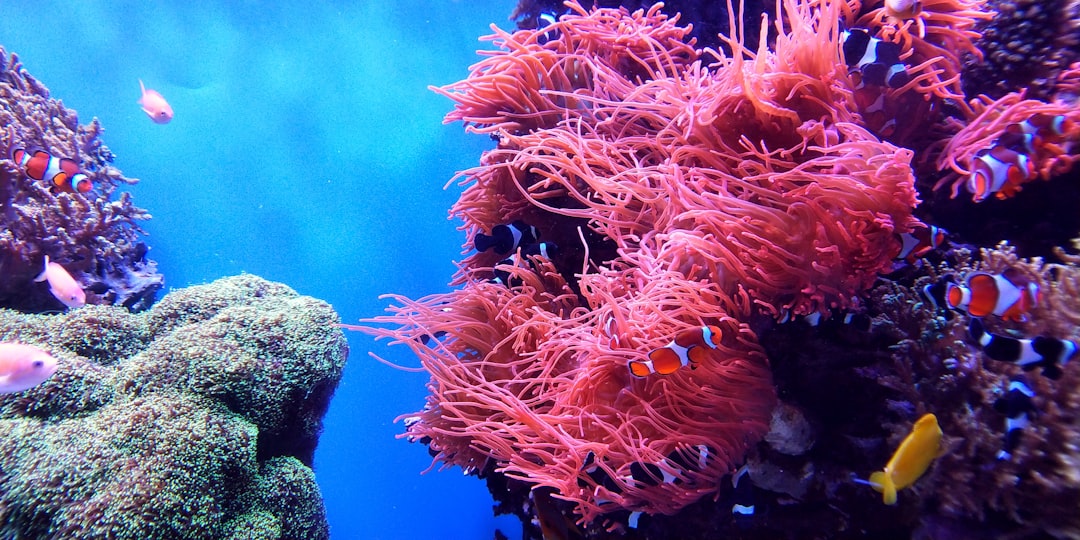
Florida’s reef tract is a living breakwater for coastal communities, a tourism magnet, and a cradle for fisheries. When corals decline, waves bite harder into shorelines, small businesses lose snorkelers and anglers, and young fish lose their nurseries. A cautious rebound touches all of that – calmer seas behind healthy reefs, steadier jobs, and more stable food webs. There’s also the deep-time angle: these limestone cities took centuries to build, and once their architects vanish, rebuilding isn’t just slow; it’s staggeringly difficult.
This is why the science of triage matters as much as the science of hope. Traditional conservation often waited for stress to pass; modern reef work meets stress head-on with targeted tools, clear thresholds for action, and relentless monitoring that tells teams when to pivot.
People at the Reef’s Front Line
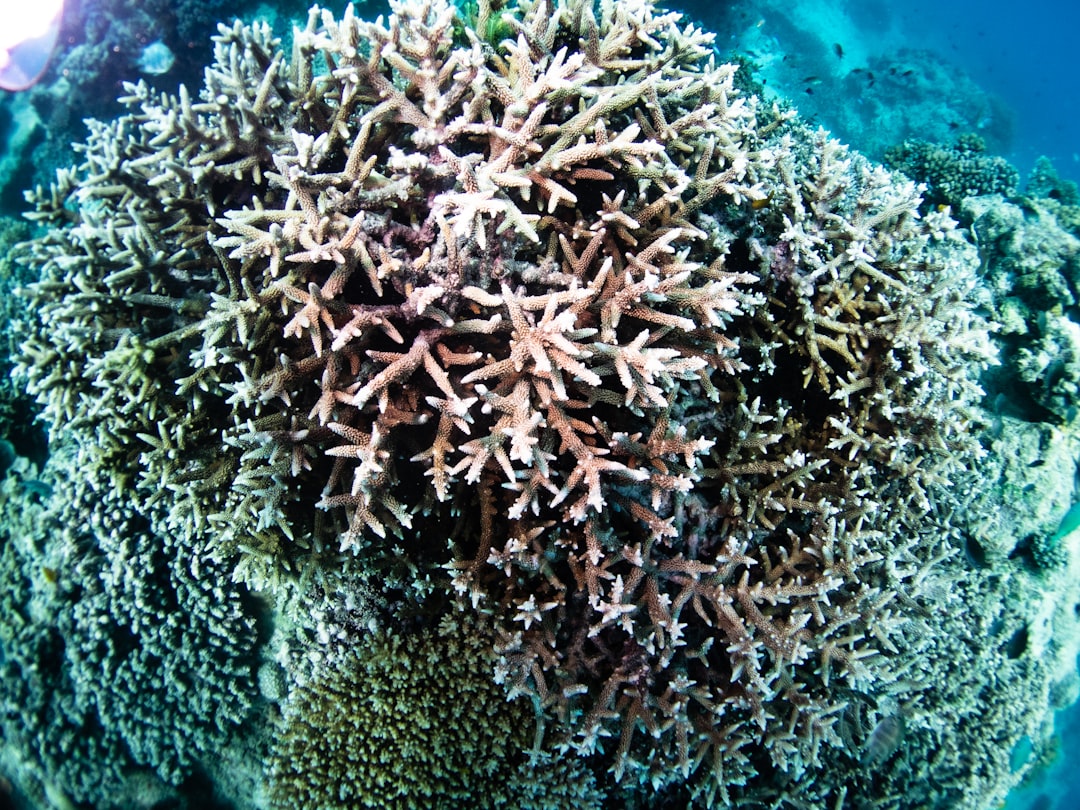
On any given morning in the Keys, you can spot the small armada of skiffs and dive boats heading to nursery trees or outplant sites. Their crews – local scientists, nonprofit teams, fishers lending knowledge of currents, and volunteers who learned to tie monofilament with glove-numbed hands – have turned reef care into a practiced routine. That routine is physical and patient: clean algae, measure growth, map disease scars, log water conditions, then do it again next week. When corals spawn, teams collect bundles of eggs and sperm like treasure, ferrying them to labs where larvae settle on carefully prepared substrates.
This network works because it shares data quickly and stays pragmatic. If a technique lags, they shelf it; if a new approach shows promise in pilot plots, they scale it carefully rather than chasing headlines.
Global Perspectives
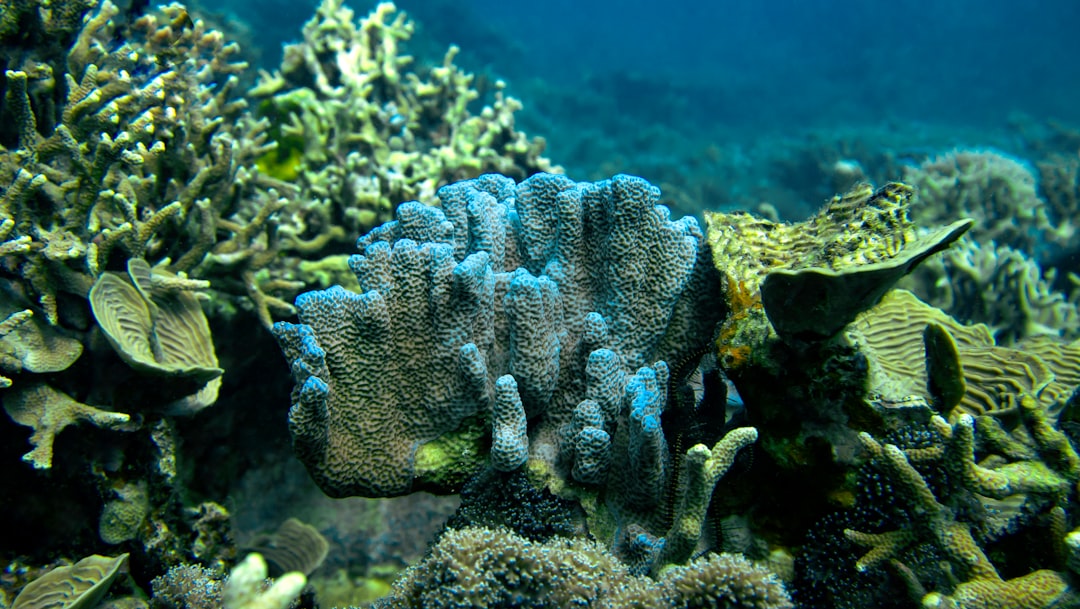
Florida doesn’t recover in a vacuum; it’s part of a global reef story shaped by heat, storms, and human choices. Lessons learned in the Keys – such as pairing outplants with aggressive algae management and fine-grained genetic tracking – now echo in the Caribbean and Pacific. Likewise, Florida borrows ideas from elsewhere, like larval seeding strategies honed on the Great Barrier Reef and heat-tolerance screening adapted for local species. The cross-pollination is deliberate: reefs differ, but the problems rhyme.
What’s striking now is the emerging consensus that restoration must be married to emission cuts and water-quality gains to hold. When those fronts move together, local wins last longer; when they don’t, restoration becomes a treadmill.
The Hidden Costs and Hard Limits

Even with encouraging signs, there are ceilings that money and effort can’t easily lift. Coral outplants are still vulnerable to marine heatwaves, and scaling up from acres to meaningful reef-wide coverage takes time. Disease remains a wildcard, hitting some species brutally while sparing others, and interventions carry trade-offs that teams weigh carefully. There’s also the reality that algae thrive on nutrient-rich water and calm seas, so any lapse in water management can erase gains quickly.
Still, a frank accounting doesn’t erase progress; it focuses it. Knowing the limits helps set smart targets – protect herbivores, safeguard cooler refuges, prioritize sites with strong circulation – and keeps the work grounded rather than wishful.
The Future Landscape
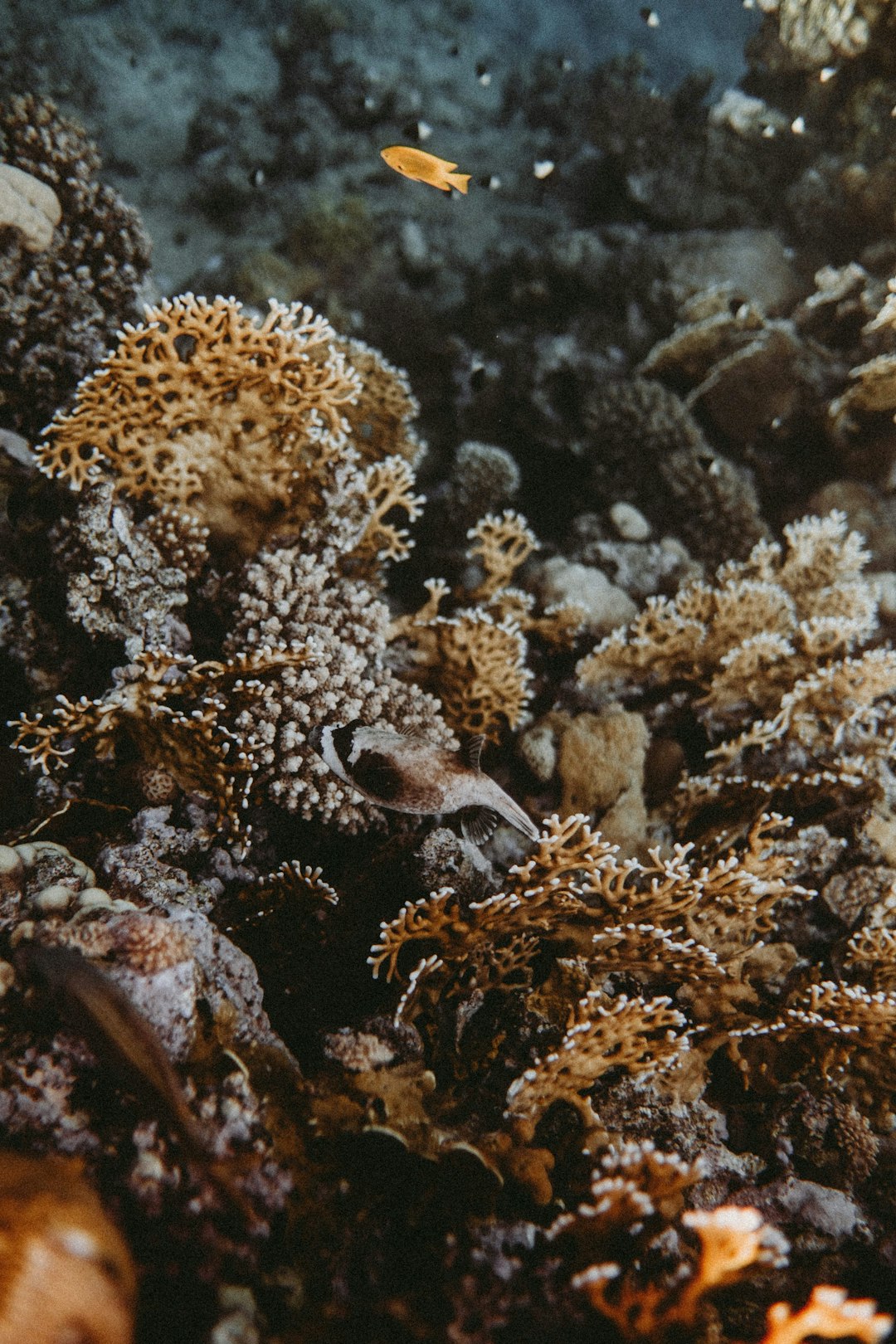
The next chapter is about precision and scale. Expect more climate-ready broodstock, smarter placement guided by high-resolution temperature and current models, and hardy coral mixes tailored to each reef’s microclimate. Underwater sensors will keep streaming data on heat stress and acidification, giving field teams early warnings to shift tactics before damage cascades. Lab-reared larvae may be released in pulses timed to tides, while engineered substrates encourage faster settlement and fusion.
Progress will hinge on policy as much as tech. Stronger protections for grazing fish, steady investments in wastewater and stormwater fixes, and coastal planning that respects living shorelines will decide whether gains endure beyond a single season.
What You Can Do

Reef recovery needs a long tail of public support, not just a few heroic summers. Choose reef-safe habits – cut fertilizer use, keep plastics out of waterways, and support local ordinances that reduce runoff. If you visit the Keys, book with operators who follow best practices and report coral health observations; your trip can double as a data point. Donate time or funds to reputable restoration programs that publish results, not just photos. Ask your representatives for steady funding of water-quality projects and marine protected areas, the unglamorous backbone of reef resilience.
Most of all, keep paying attention. A recovering reef is loud with life, but its first steps are quiet, and they count. Did you expect that?

Suhail Ahmed is a passionate digital professional and nature enthusiast with over 8 years of experience in content strategy, SEO, web development, and digital operations. Alongside his freelance journey, Suhail actively contributes to nature and wildlife platforms like Discover Wildlife, where he channels his curiosity for the planet into engaging, educational storytelling.
With a strong background in managing digital ecosystems — from ecommerce stores and WordPress websites to social media and automation — Suhail merges technical precision with creative insight. His content reflects a rare balance: SEO-friendly yet deeply human, data-informed yet emotionally resonant.
Driven by a love for discovery and storytelling, Suhail believes in using digital platforms to amplify causes that matter — especially those protecting Earth’s biodiversity and inspiring sustainable living. Whether he’s managing online projects or crafting wildlife content, his goal remains the same: to inform, inspire, and leave a positive digital footprint.




